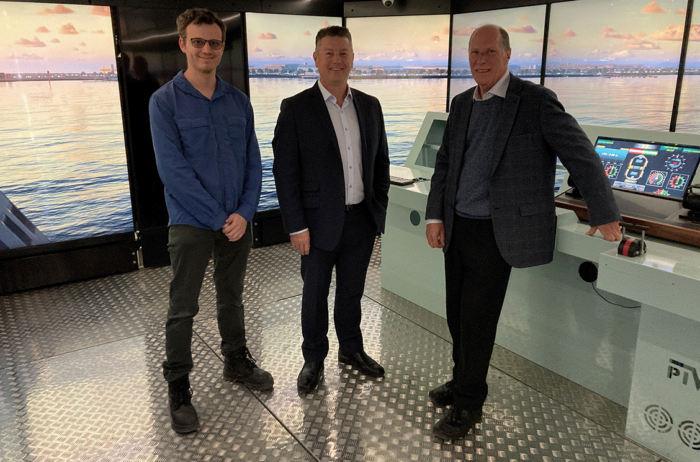VAILO to move factories early next year, citing increased demand
LED lighting specialist VAILO has announced that it has outgrown its Kent Town, Adelaide site and will relocate to a new factory and R&D facility in Wayville in early-2024. According to a statement on Tuesday from VAILO – which was renamed from VALO in May – the new facility would cater to increasing demand and…
Details











